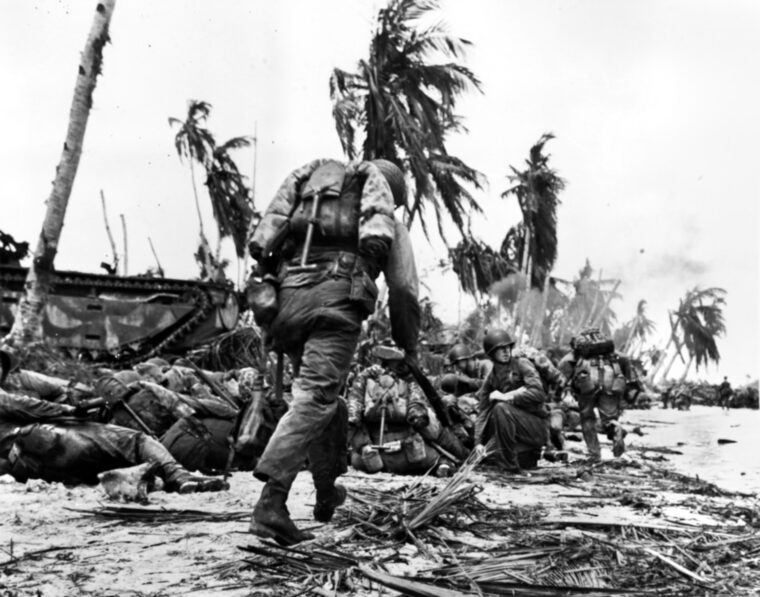
U.S. Marine’s Legacy of Valor
By Dick Camp (Colonel, USMC, Retired)
The war in the Pacific was a bloody, protracted struggle between the Empire of Japan and the United States and her allies. Read more

By Dick Camp (Colonel, USMC, Retired)
The war in the Pacific was a bloody, protracted struggle between the Empire of Japan and the United States and her allies. Read more
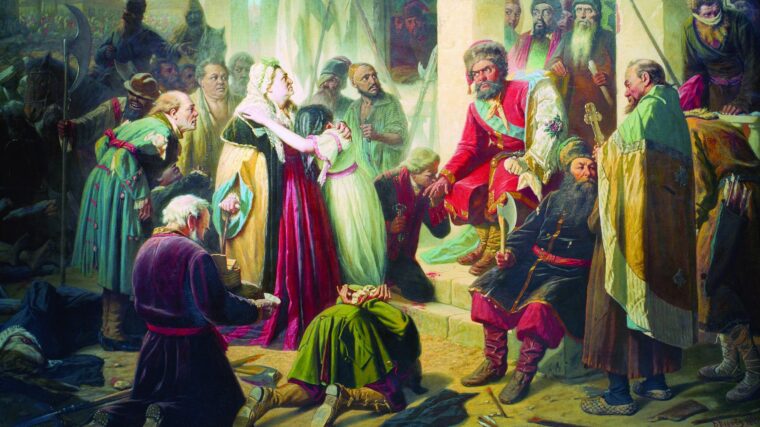
On August 12, 1772, a wandering Don Cossack named Emelian Pugachev crossed the Polish frontier into Imperial Russia on an official passport that entitled him, after spending six weeks in quarantine, to resettle as a free citizen on the Irgiz River in southeast Russia. Read more
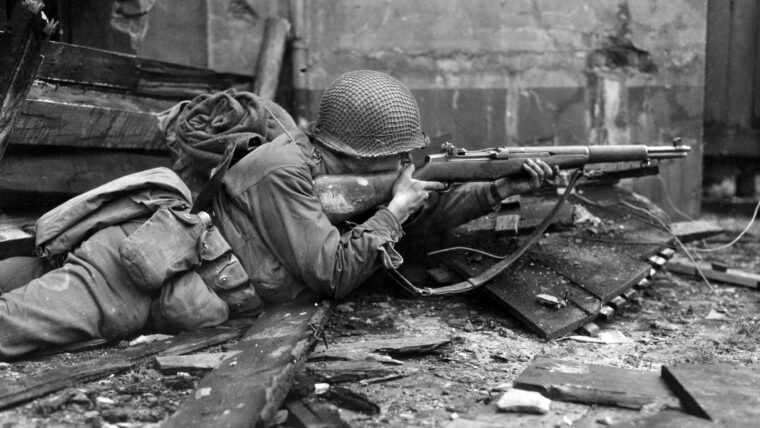
In early 1945, while the American First Army was focusing on the dams of the Roer River near the German-Belgium border and Patton’s Third Army was probing the Eifel and clearing the Saar-Moselle triangle, the First Canadian Army was about to open their offensive as part of Operation Veritable in a drive southeast up the left bank of the Rhine from the vicinity of Nijmegen. Read more
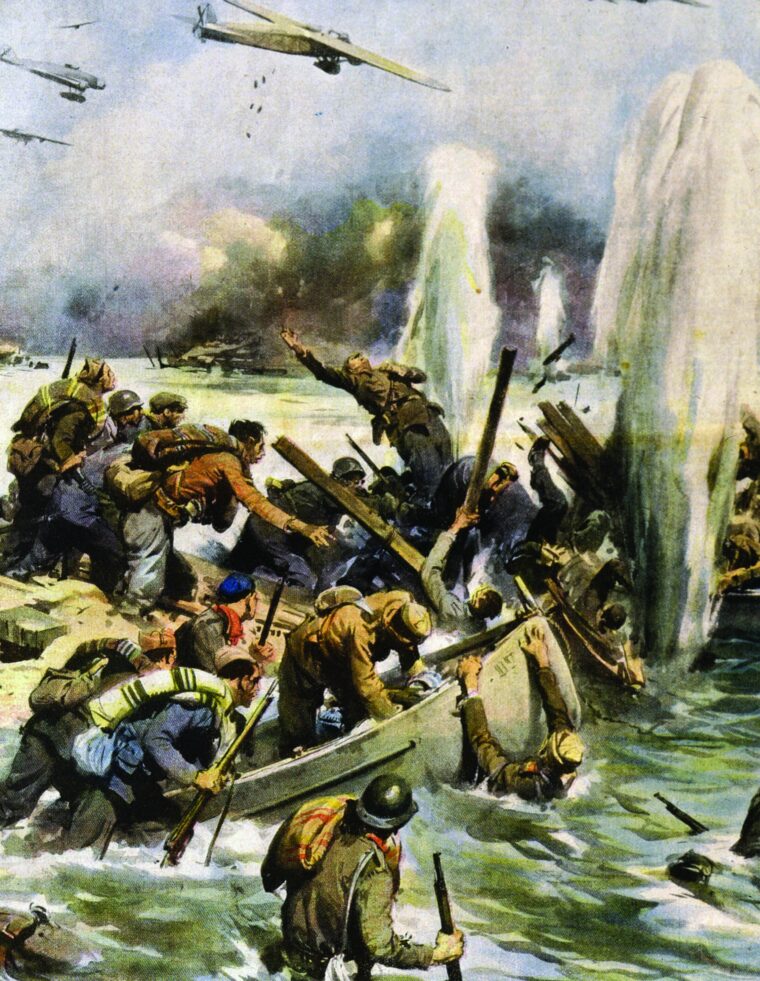
After years of social upheaval, political unrest, and violence, Spain erupted into all-out civil war on July 18, 1936, when General Francisco Franco led a junta of right-wing army officers in a revolt against the democratically elected government of the Spanish Republic. Read more
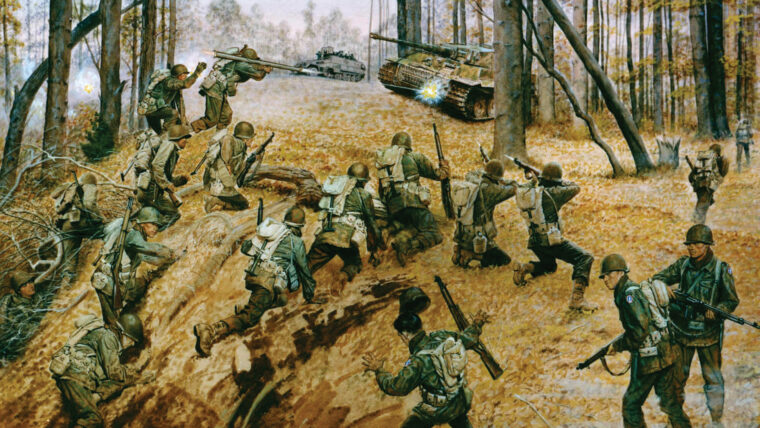
By Stephen D. Lutz
Thousands of Japanese American men demonstrated their loyalty to the U.S. by volunteering to serve in the 100th Infantry Battalion and the 442nd Infantry Regiment, to which the 100th would later be joined. Read more
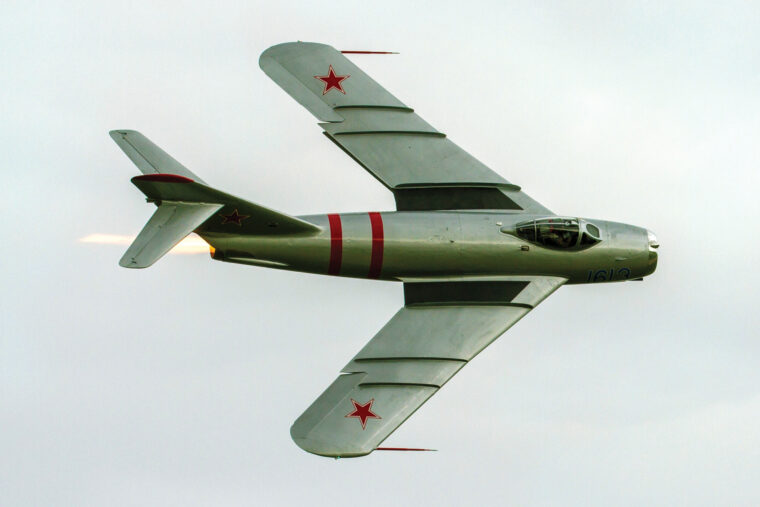
The American pilots did not see the North Vietnamese Mikoyan-Gurevich MiG-17 fighter jets approaching their strike aircraft as they zeroed in on Than Hoa Bridge on April 3, 1965. Read more
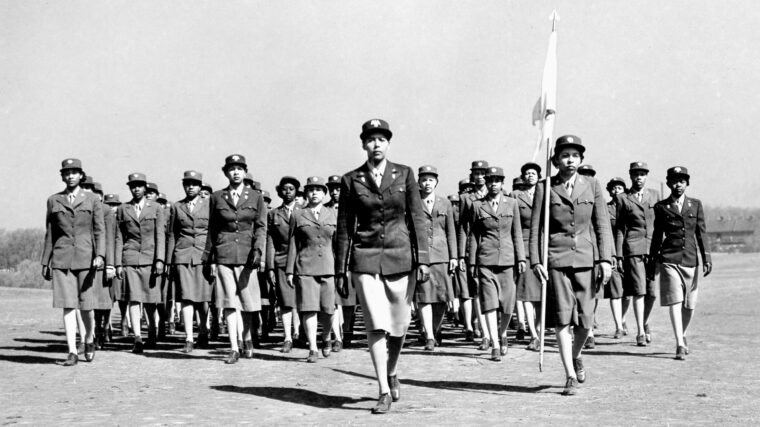
Although Private First Class (Pfc) Romay C. Johnson served in war-torn England and France during World War II, it was her tumultuous voyage across the Atlantic Ocean that she remembered most vividly. Read more
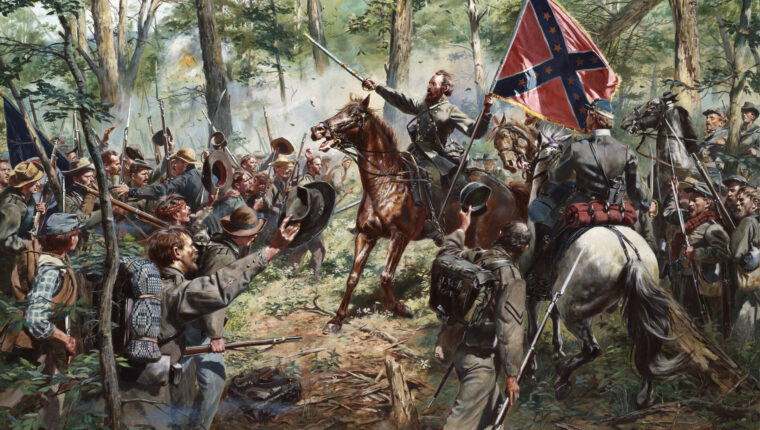
Following the completion of Union Maj. Gen. George B. McClellan’s unsuccessful Peninsula campaign earlier in the month, General Robert E. Read more
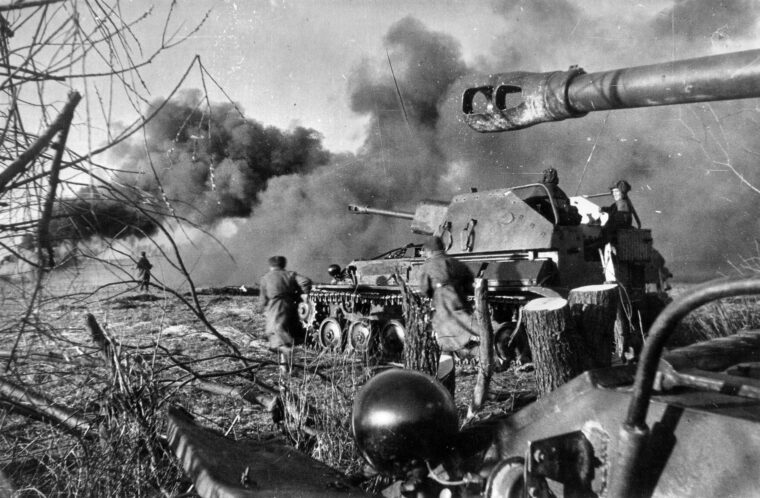
By Dr. Richard Selcer
As Soviet armies threatened Berlin in February 1945, Nazi Propaganda Minister Josef Goebbels promised the German people that the capital would be defended to the last stone and the last man. Read more

In November 1541, roughly three years before the Siege of Boulogne, King Henry VIII of England suffered one of the most severe shocks of his life when he was shown a report alleging that his plumpish 19-year-old queen, Catherine Howard, had been intimate with other men before their marriage. Read more
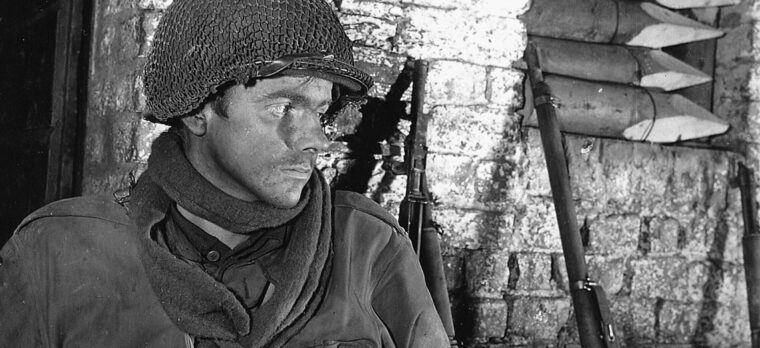
What was it like to come to grips with the enemy, to fight and survive combat? For each men, the experience was different; for many, it was almost impossible to relate to those behind the lines or an ocean away. Read more

An armada of U.S. Air Force strike aircraft roared through the sky toward the North Vietnamese ammunition storage depot at Xom Bang, 10 miles north of the DMZ, on March 2, 1965. Read more
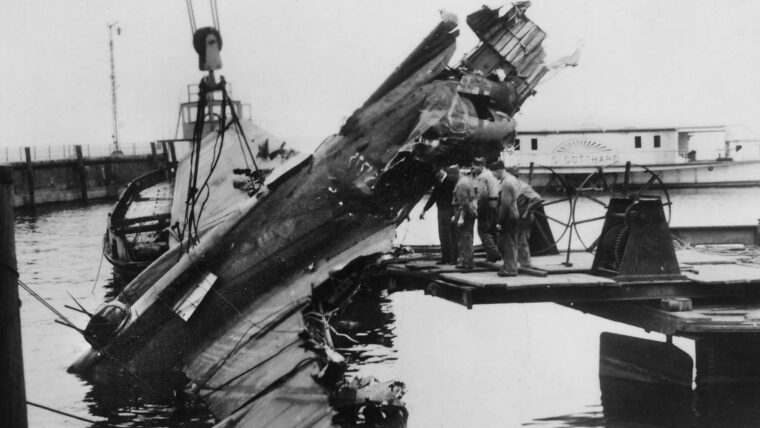
Lieutenant Martin Andrews was not scheduled to fly that day. He and his Boeing B-17 Flying Fortress bomber crew had survived 12 missions out of the required 25 and were due for a much needed week of rest and recuperation. Read more
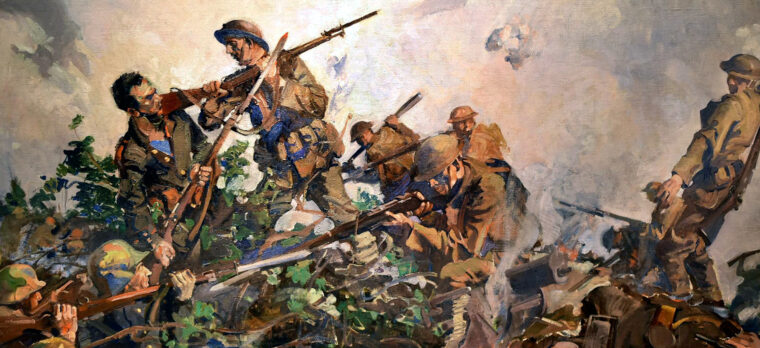
Chicago native Private John J. Kelly of the 78th Company of the 6th Marine Regiment and another soldier requested permission from First Lieutenant James M. Read more
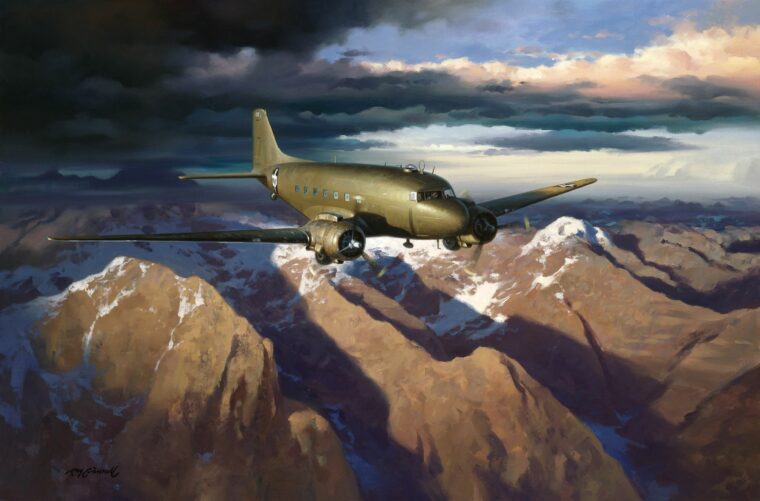
Winston Churchill called it, “An immense laborious task, unlikely to be completed until the need for it has passed.” Read more
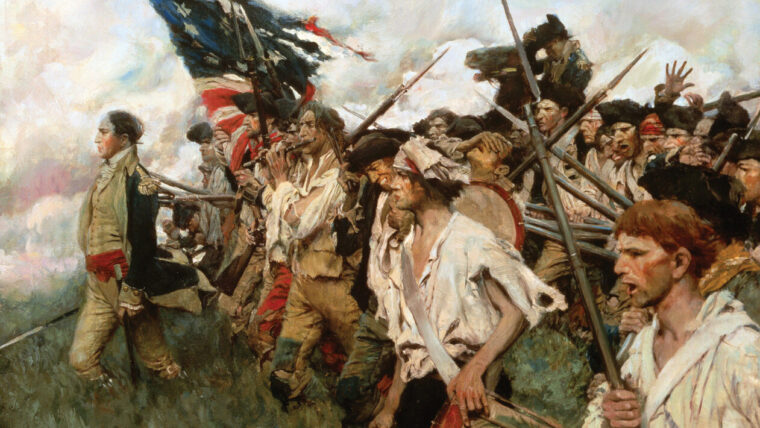
On the morning of September 11, 1777, 19-year-old Gilbert du Motier, the Marquis de Lafayette, calmly sat on his horse next to George Washington, commander in chief of America’s revolutionary forces. Read more
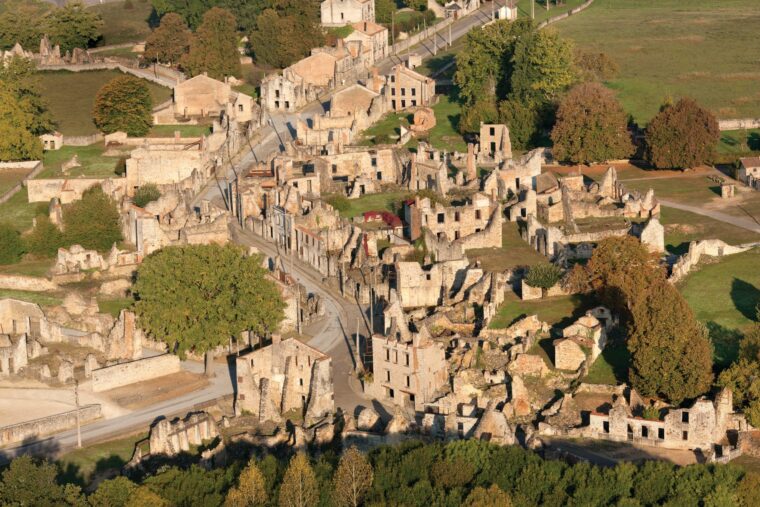
Known throughout France as the Village des Martyrs—“Village of Martyrs,”—the pillaged remains of Oradour-sur-Glane have stood nearly eight decades now as a memorial to the dead and reminder of the atrocities of war. Read more
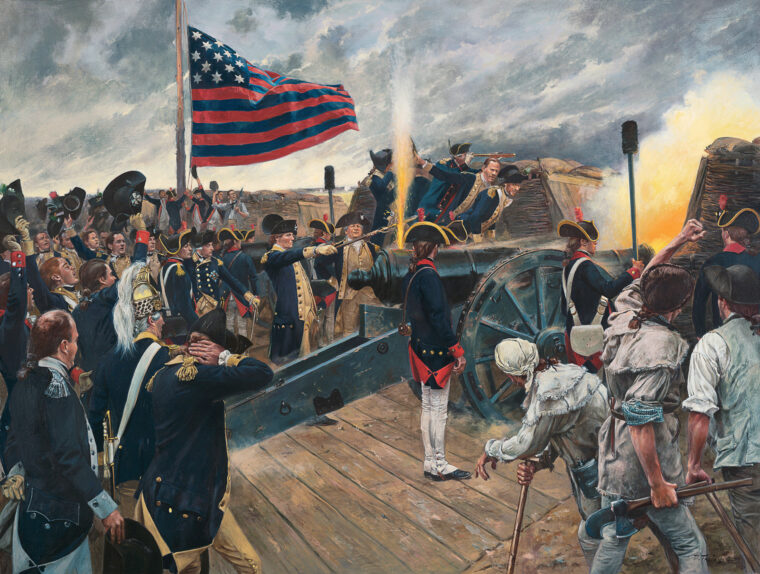
Sergeant Joseph Plumb Martin, a sapper in the Continental Army, waited for the signal that would begin the night attack on two enemy-held redoubts. Read more
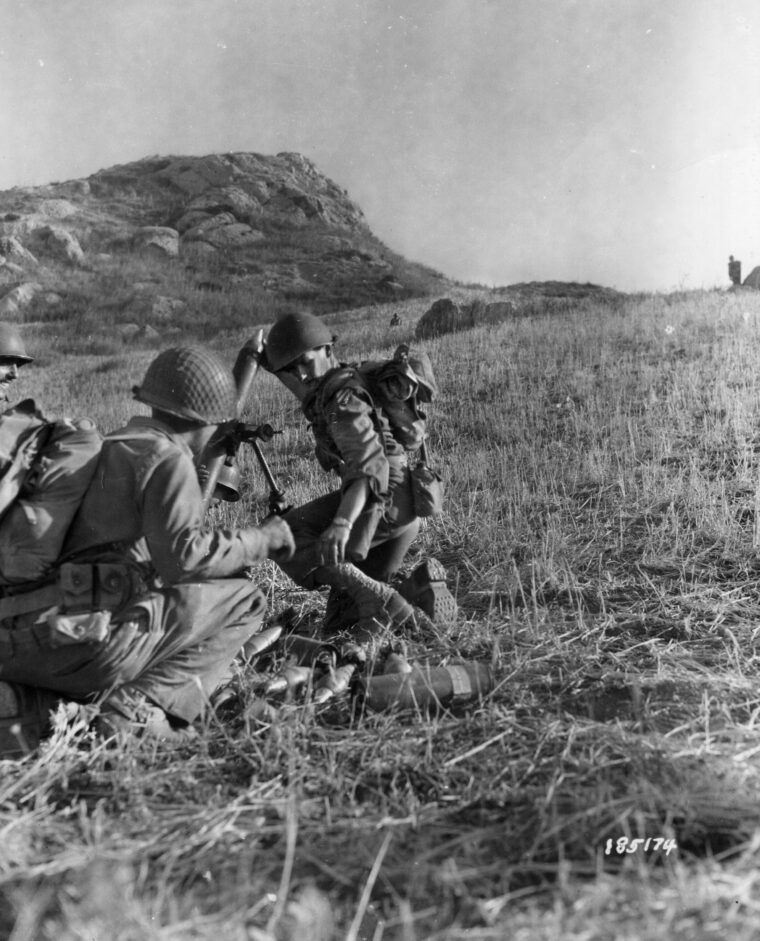
The U.S. 3rd Infantry Division has one of the longest legacies in the United States Army. Originally formed in November 1917 at Camp Greene, North Carolina, it gained a reputation for toughness. Read more
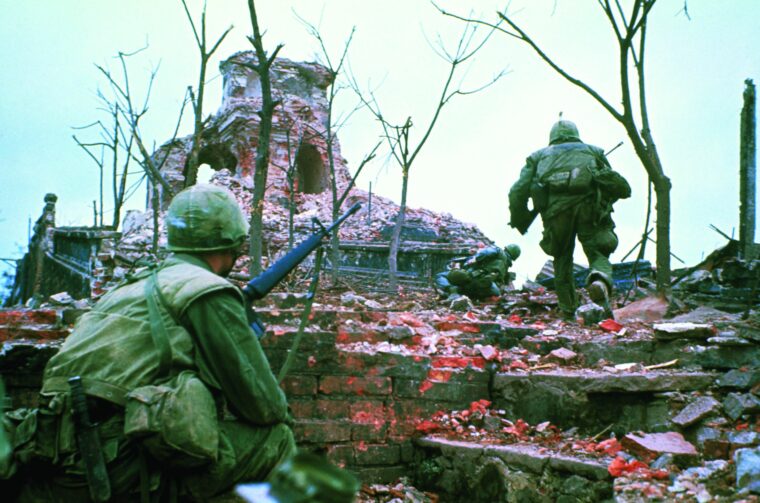
The city of Hue was the capital of a unified Vietnam from 1802 until 1945. With its stately, tree-lined boulevards, Buddhist temples, national university, and ornate imperial palace within a massive walled city known as the Citadel, Hue was the cradle of the country’s culture and heritage. Read more